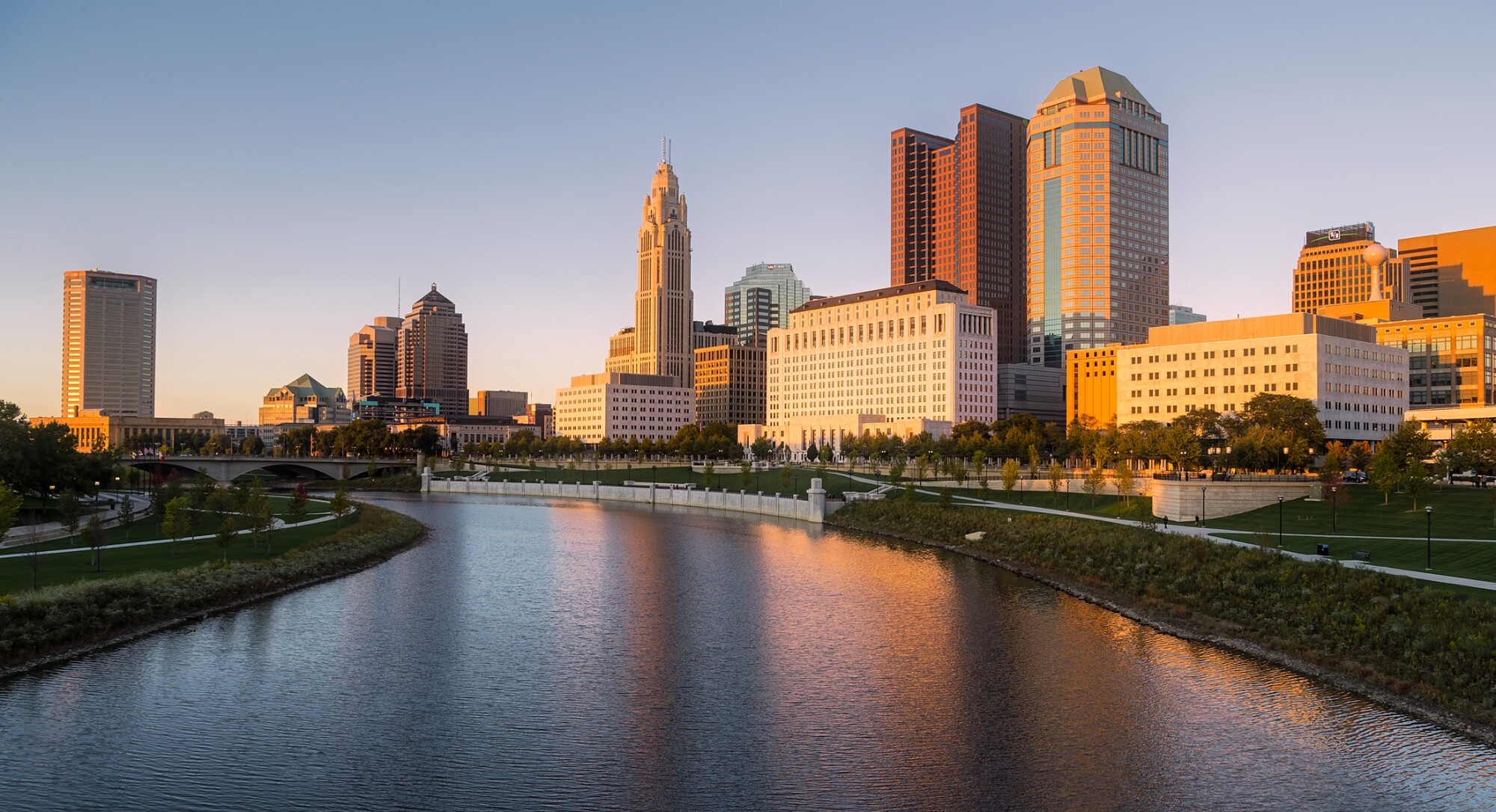What’s Going On With Raleigh Housing Trends in 2023?
Are you considering buying a home in the Raleigh area, the second most populous metropolitan area in the state of North Carolina?
Buying a house is a large commitment, and you want to make sure that you aren’t making a decision based on trendy things. You’ll want to look into Housing Trends in Raleigh to make sure you aren’t buying into the hype and changing fashions.
But what exactly does housing trending entail, and what does Raleigh have to say about it? Here is everything you need to know about Raleigh housing trends and what their value is. Read on!
Table of Contents
- 1 Rapid Growth of New Construction
- 2 Migration and Relocation Trends
- 3 Unemployment Trends
- 4 Climate’s Impact on Raleigh Housing
- 5 Increasing Median Home Values
- 6 Surge in Limited Supply of Quality Affordable Housing
- 7 Raleigh Housing Competitiveness
- 8 Disparity Between Wealthy and Lower-Income Home Buyers
- 9 Raleigh’s Solar Boom
- 10 The Resurgence of Suburbs and Popular Neighborhoods
- 11 Learn More About Raleigh Housing Today
Rapid Growth of New Construction
Raleigh is experiencing amazing growth in the housing sector. Especially when it comes to the rapid growth of new construction in 2023. The city is seeing a steady increase in both luxury apartment buildings and new homes being built in areas like:
- Downtown Raleigh
- North Raleigh
- West Raleigh
This influx of new construction is the result of rising demand for housing. It is fueled by both a thriving job market and strong economic conditions in the area. As new construction continues, prices for existing Raleigh homes may rise due to the added competition.
The massive growth is even drawing national attention as developers from all over the country flock to the area to build. As the city continues to grow, so too will the demand for housing. It results in an ever-increasing need for more construction projects and housing units.
In any case, Raleigh is primed to benefit from continued growth in the housing industry. It has an increasingly attractive market, drawing in new investments and construction opportunities.
Migration and Relocation Trends
Over the past few years, Raleigh has seen an increase in migration and relocation trends in line with the overall population growth of the city. Between 2019 and 2021, the city saw an even higher influx of individuals either:
- Relocating for work
- Migrating for a better life
- Moving for family
By 2023, this trend looks to be even greater, with larger numbers of people simultaneously deciding to call Raleigh home. This holds true, especially when it comes to the housing market. It is where prices, vacancy rates, and competitive listings have all seen consistent increases since the beginning of 2021.
This means that those planning to move to or within the Raleigh area should expect even further competition when searching for homes in the upcoming years.
Unemployment Trends
Currently, Raleigh has an unemployment rate of just 3.4%, which is well below the national average of 5.8%. This low unemployment rate indicates that the city’s economy is doing relatively well. Employers are filling more jobs than they are dropping.
This could cause the housing market to see an influx of potential buyers. As fewer individuals have to worry about their jobs and more are able to look at Raleigh real estate for investment or purchase. This in turn could lead to prices increasing, as the demand for housing rises with the current low unemployment rate.
Climate’s Impact on Raleigh Housing
With more frequent storms, flooding, and outdoor humidity are becoming common occurrences in the area. This means higher humidity and fewer hours of daylight in the summer. It is coupled with stronger winds and more intense temperature variations and rain patterns year-round. Furthermore, higher temperatures can also mean higher energy bills.
The increased heat requires more energy to keep homes cool and comfortable, which adds to the cost of rent and mortgages. Also, with more extreme weather, the likelihood of damage to homes and properties can increase.
The impact of climate change on Raleigh housing will undoubtedly have a tangible effect. Renters and homeowners should consider how changes in climate can affect their future investments.
Increasing Median Home Values
In 2023, Raleigh housing trends show increasing median home values. According to recent studies, home values have been growing in the area since the early 21st century. Homes that were valued at about $50,000 in 2000 have seen a dramatic increase in value, totaling £550,000.
With the population continuing to grow, demand for housing has pushed housing prices even higher. Also, the median home value rose by 7.3 % since 2018. Raleigh is now home to the highest home appreciation rates in the region, with the median home values reaching £602,000.
In addition to low unemployment rates and strong job growth, the tech industry’s contributions to the area have also been major drivers of the home’s appreciation. With the housing market flourishing and the city continuing to develop, the housing trends in Raleigh look to continue their current trajectory well into 2023 and beyond.
Surge in Limited Supply of Quality Affordable Housing
The Raleigh housing market in 2023 is facing a surge in the limited supply of quality affordable housing. As the city’s population and job growth continue to rise, there isn’t enough housing to meet the growing demand.
Most of the affordable housing available isn’t up to par, and there’s very little to choose from. As a result, it is becoming increasingly difficult for people of limited means to find a home.
To address the problem, the city of Raleigh is investing in more affordable housing options. It focuses on creating attractive, well-built homes that are affordable to the average citizen. Also, local governments and nonprofit housing organizations are working together to obtain grants and other funding to create and improve low-income housing.
Despite the efforts, the limited supply of quality affordable housing remains a major problem in Raleigh.
Raleigh Housing Competitiveness
As North Carolina’s capital city, Raleigh offers a variety of housing types, from single-family homes to multi-family dwellings. The city also has the distinct advantage of being centrally located, close to major employers, universities, and cultural attractions.
As a result, the housing market in Raleigh is relatively competitive, particularly in terms of availability and value. Buyers should expect to see a heightened demand for housing and expect significantly higher prices than what was seen in previous years.
Factors such as rising salaries and employment growth have offset some of the cost paid for housing, but overall home prices remain high.
Disparity Between Wealthy and Lower-Income Home Buyers
At the top of the housing ladder, the wealthy are gobbling up property faster than ever. It is 2able to outbid people earning median-middle incomes. As a result, housing prices for lower-income buyers are skyrocketing. It makes it difficult for them to find and maintain stable, affordable housing.
This increasing gap between the haves and the have-nots threatens to push the working and lower-class families out of the city’s core, into underserved and under-resourced areas. To solve the growing problem, the city of Raleigh needs to take steps to ensure that there is economic and housing equity for all of its residents, regardless of income level.
Raleigh’s Solar Boom
Raleigh offers a variety of housing types, from single-family homes to multi-family dwellings. The city also has the distinct advantage of being:
- Centrally located
- Close to Major employers
- Universities
- Cultural attractions
Through the installation of solar energy systems, Raleigh is taking strides to reduce their carbon footprint and become energy independent. With the right solar technology, customers can realize a significant return on investment while reducing their carbon footprint.
The savings with solar opportunity is particularly attractive to homeowners in Raleigh due to rising housing costs. Through solar energy, homeowners are able to save thousands of dollars a year on electricity costs while also improving payback periods for solar investments.
The Resurgence of Suburbs and Popular Neighborhoods
In 2023, interest in suburbs and popular neighborhoods in the Raleigh area has been resurgent. With many people opting to move to these areas for safety. Families wanting to stay close while still finding affordable housing, the demand in this area is quite high.
The suburbs are providing amenities that make them more desirable than cities, such as:
- Greater space
- A variety of shopping destinations
- Larger lots
- Better school systems
Popular neighborhoods around downtown have also seen a resurgence in recent years. It offers many regular hotspots for renters looking to be close to the heart of the city. Also, new developments have made it easier for people to live close to their job, thus increasing overall affordability.
With the increasing need of people for safe and affordable housing options in the Raleigh area, the trend of resurgent suburbs and popular neighborhoods looks set to continue well into the future.
Learn More About Raleigh Housing Today
The Raleigh housing trends of 2023 are really vibrant and growing. With the surge in new job opportunities, the city itself is becoming a hot spot for real estate investors and homebuyers.
If you want to be part of the Raleigh dream, contact a local real estate agent today!
Did you find this article helpful? Visit more of our blogs!









